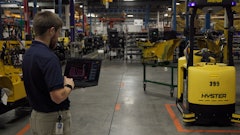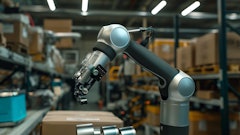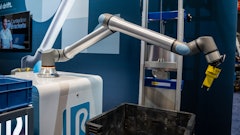
Nearly 54% of the supply chain and logistics leaders surveyed are focused on automating non-value-added and repetitive tasks with technology to improve worker productivity in the face of notable workforce shortages, according to new data from Descartes Systems Group,
The top technology choices in the study were delivery route optimization (54%) and driver mobile productivity (45%) solutions. For knowledge workers, the top technology choice in the study was real-time shipment tracking (53%).
“The workforce problem is pervasive, and the study confirms that most supply chain and logistics organizations have made changes to their operational, technology, recruitment and retention strategies to help combat the issue,” says Chris Jones, EVP, industry at Descartes. “Based on the results of the study, we believe that employers should continue to invest and evolve to get the most they can from their existing resources and focus on more than money to hire and retain a capable workforce.”
Key takeaways:
- According to the study, hiring laborers (e.g., warehouse workers and drivers) and knowledge workers (e.g., planners, managers, analysts) were the top areas cited (54%) as having been altered the most to address workforce availability challenges. Study findings also revealed that working time flexibility (35%) and adopting the latest technologies (34%) were the top strategies for attracting workers, while on-the-job training and education compensation (35%) and higher pay (34%) were the top strategies for retaining workers.
- The study’s results also showed that the strategies, tactics and technologies used by companies to address labor constraints vary by financial performance, growth, management’s perceived importance of supply chain and logistics operations, and by how successful employee retention programs are.



















